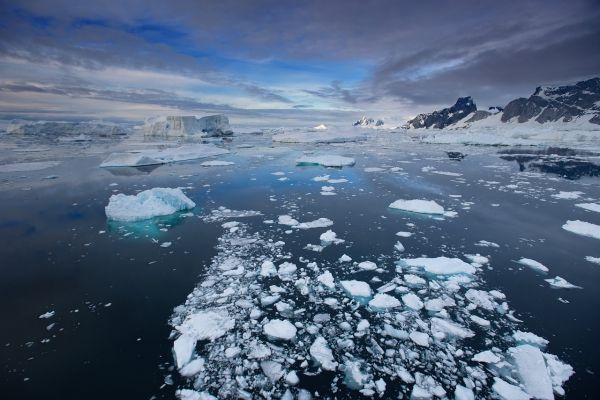Experts at the Alfred Wegener Institute have, for the first time, experimentally measured the release of iron from the fecal pellets of krill and salps under natural conditions and tested its bioavailability using a natural community of microalgae in the Southern Ocean. In comparison to the fecal pellets of krill, Antarctic phytoplankton can more easily take up the micronutrient iron from those produced by salps. Observations made over the past 20 years show that, as a result of climate change, Antarctic krill are increasingly being supplanted by salps in the Southern Ocean. In the future, salps could more effectively stimulate the fixation of the greenhouse gas carbon dioxide in Antarctic microalgae than krill, as the team of researchers report in the journal Current Biology.
In many parts of the Southern Ocean, iron is the primary limiting resource for the growth of phytoplankton. Accordingly, the amount of available iron has a major impact on how much CO2 the microalgae can fix and, in turn, how much biomass is available at the base of the food web. Studies clearly show that, as climate change progresses, Antarctic krill, the key species in the Southern Ocean, will increasingly be supplanted by salps.
“We investigated what a dominance shift from krill to salps would mean for primary production,” explains Dr Scarlett Trimborn from the Alfred Wegener Institute, Helmholtz Centre for Polar and Marine Research (AWI). As head of the AWI research group EcoTrace, during an expedition with the Research Vessel Polarstern she and her colleagues conducted experiments with natural phytoplankton populations in the Southern Ocean near Elephant Island. As a source of iron, the researchers offered the microalgae communities fecal pellets from krill and salps, since a dominance shift between the two species would mean higher feces production by salps in the future.
Read more at Alfred Wegener Institute, Helmholtz Centre for Polar and Marine Research
Photo Credit: claudiafortgeblasen via Pixabay


